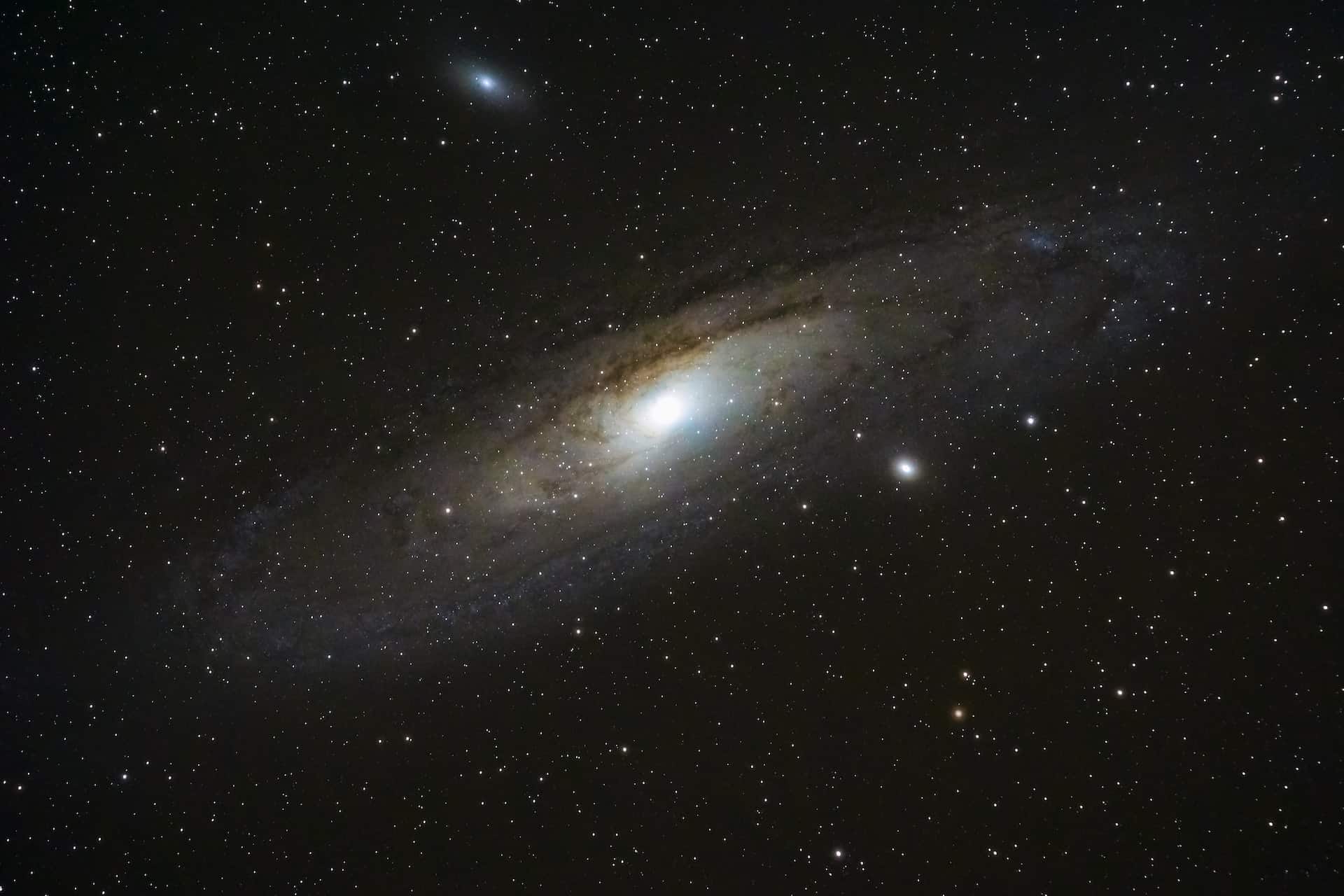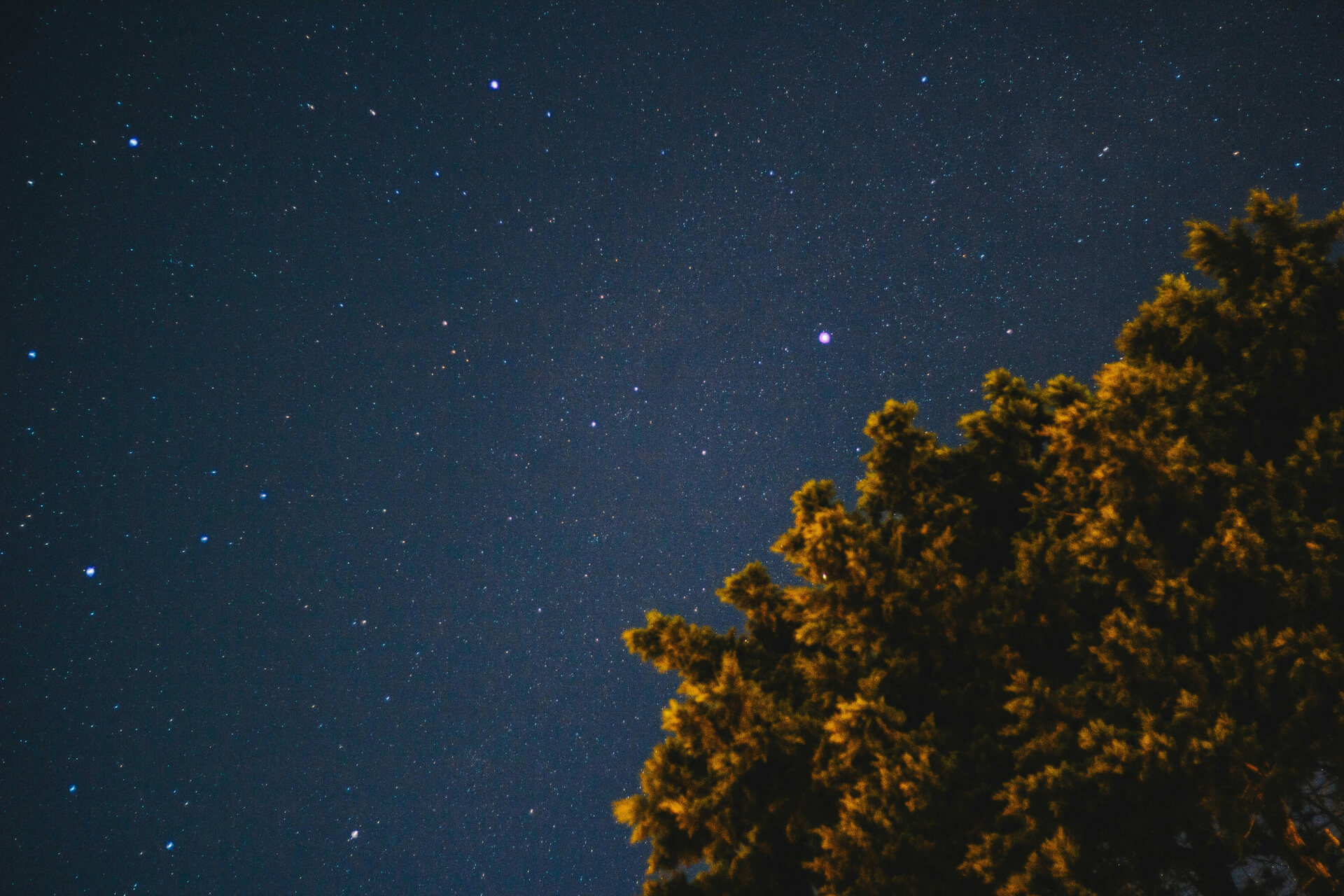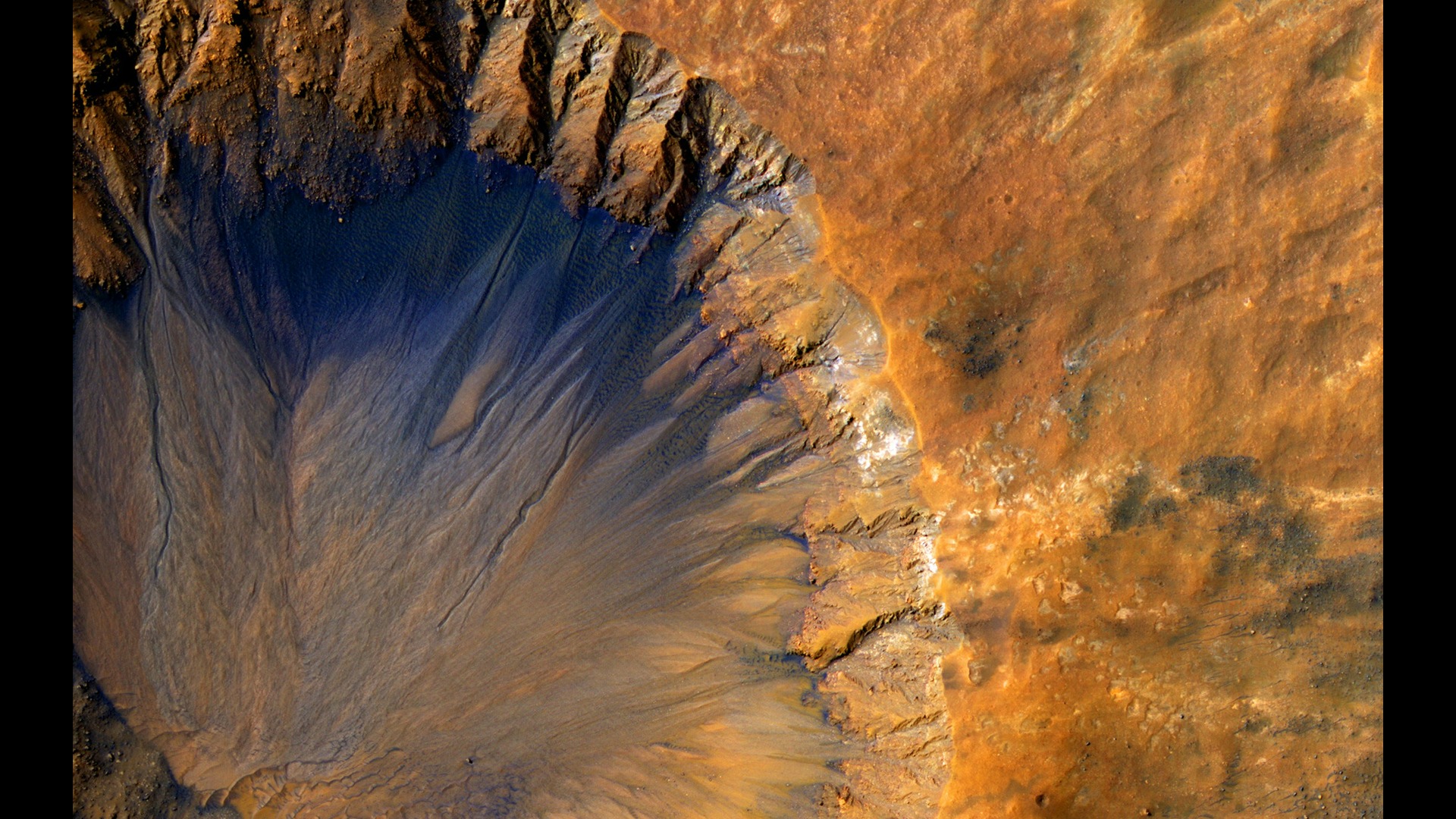
Spinning in the Black: Facts About Spiral Galaxies
November 30, 2022 - Emily Newton
Revolutionized is reader-supported. When you buy through links on our site, we may earn an affiliate commission. Learn more here.
“Far out in the uncharted backwaters of the unfashionable end of the western spiral arm of the galaxy lies a small, unregarded yellow sun. Orbiting this at a distance of roughly ninety-two million miles is an utterly insignificant little blue-green planet whose ape-descended life forms are so amazingly primitive that they still think digital watches are a pretty neat idea.”
— Douglas Adams, “The Hitchhiker’s Guide to the Galaxy.”
The quote above refers to the Milky Way galaxy — the one we call home — and the utterly insignificant blue-green dot we named Earth. The Milky Way is a spiral galaxy, one of four primary classifications for the massive collections of stars and planets that dot the night sky.
Technically, it’s a barred spiral galaxy — but we’ll discuss that more in-depth at another time. Let’s explore some facts about spiral galaxies.
Spiral Galaxies Got Named for Their Shape
Let’s start with some easy facts about spiral galaxies. First, people named them for their shape. These galaxies are flat, spinning discs with a bulge in the center. The spinning motion — moving at hundreds of thousands of kilometers per second — gives the galaxies their distinctive spiral shape.
The Milky Way has two primary arms, but these spinning galaxies can have up to four arms depending on their speed and size.
We Don’t Know How They Maintain Their Arms
Exploring facts about spiral galaxies doesn’t mean we have all the answers. Those iconic spiral arms are where these galaxies get their names. Currently, astronomers don’t know how they maintain their shape without getting flung off into the cosmos by the sheer momentum of the spin. A lack of an answer doesn’t mean they don’t have plenty of theories, however, including:
- The Lin-Shu Theory: Also known as the density wave theory, astronomers C.C Lin and Frank Shu proposed that the stars in the galaxy orbit at different speeds depending on their distance from the galactic center, allowing for the creation of the galaxy’s iconic arms.
- Solid-body rotation: The theory that the body in question must maintain a constant distance from the rotational axis is an approach requiring a substantial amount of dark matter to prove true.
Until we have the option to explore those spiral arms up close — not counting the one we currently inhabit — we’ll have to keep making theories about how spiral galaxies maintain their arms.
They’re the Most Common Type of Galaxy
There’s a lot about the known universe that we don’t understand. Tools like the James Webb Space Telescope are helping to paint a clearer picture of the universe we call home.
Scientists believe approximately 60% of the galaxies in the universe are spiral galaxies. In addition to filling up all that space in the sky, this number means that spiral galaxies like ours are home to most of the stars and planets in the universe.
They Rely on Differential Rotation
Differential rotation occurs when different parts of a rotating object move at different velocities. This is something that astronomers have observed in large celestial bodies like the sun and Jupiter. Differential rotation is contrary to solid-body rotation, where all object points rotate simultaneously.
Want another fact about spiral galaxies? They get their shape from the concept of differential rotation. It may even play a role in why these spinning galaxies form arms. We’re still improving our understanding of the universe, so this is just one of the many theories used to explain arm formation.
Most (Maybe All) Contain a Supermassive Black Hole
No, we’re not talking about the hit song from the rock band Muse. Almost all spiral galaxies we’ve observed contain a supermassive black hole, a monstrous gravitational anomaly that has the potential to consume everything around it. Supermassive black holes can be anywhere from a million to a billion times larger than our sun — and astronomers aren’t sure how they form.
Traditionally, black holes form after the death of a star. When the core collapses, it has the potential to create a singularity that will eventually form the black hole. They require a star to get them started — and there are no stars large enough (that we’ve detected) that could create a supermassive black hole.
Some theorize that they could have started life as standard stellar black holes that grew over the eons. Other theories posit that these form when stellar black holes merge. Whatever the case, if you’re looking at a spiral galaxy, it’s more likely than not that there’s a black hole at its core.
Spiral Galaxies Come in Clusters
We tend to think of space as a lot of emptiness dotted with stars or galaxies, but stretches of that emptiness are filled with massive clusters of galaxies. These clusters can contain a handful of galaxies or hundreds, all bound together by their mutual gravitational fields. The James Webb Space Telescope spotted one of these clusters when it released its first images in 2022. Stephen’s Quintet contains five galaxies, all orbiting around one another.
In addition to looking amazing, the images give astronomers a front-row seat to something we’ve only theorized about: Galactic mergers. Galaxies can orbit so close together that they become a single celestial body. Two of the five galaxies in Stephen’s Quintet are doing just that, their cores so close together that it’s hard to tell them apart.
They May (Almost) Date Back to the Birth of the Universe
After the Big Bang — following the noise and fury that gave birth to the universe as we know it — there was plenty of time for things like stars and planets to start coming together. According to new research, it took about 1.4 billion years for the first spiral galaxies to form. In 2021, astronomers spotted what they believe is the oldest spiral galaxy in the universe, formed about 12.4 billion years ago.
Looking Toward the Stars
We can collect facts about spiral galaxies, but there is still a lot we don’t understand. We may call a spiral galaxy home, but it’s far from the only one in the universe. Glancing up at the stars at night can only paint a fraction of the picture of what’s out there. So keep looking up at the stars and dreaming — the answers we seek are within our reach as long as we keep looking for them.
Revolutionized is reader-supported. When you buy through links on our site, we may earn an affiliate commission. Learn more here.
Author
Emily Newton
Emily Newton is a technology and industrial journalist and the Editor in Chief of Revolutionized. She manages the sites publishing schedule, SEO optimization and content strategy. Emily enjoys writing and researching articles about how technology is changing every industry. When she isn't working, Emily enjoys playing video games or curling up with a good book.







